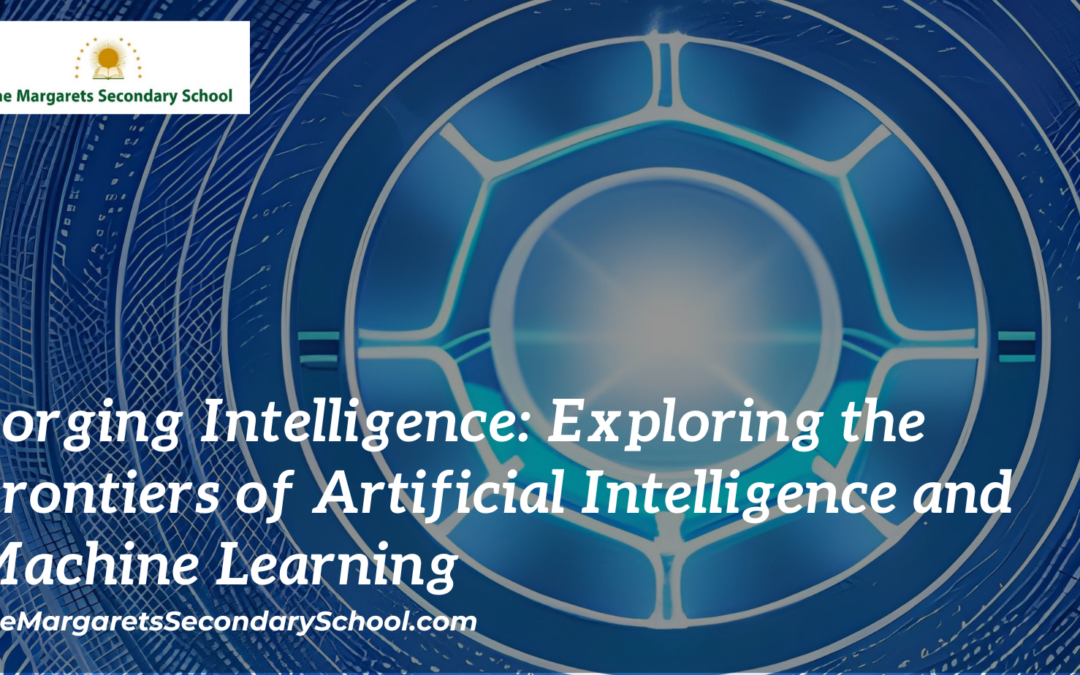Artificial Intelligence and Machine Learning
In the realm of technology, a groundbreaking revolution is underway—Artificial Intelligence (AI) and Machine Learning (ML) are reshaping the way we interact with the digital world and unlocking new possibilities across industries. As we navigate the intricate landscape of algorithms, data, and automation, we uncover the intricate mechanisms behind AI and ML, their transformative applications, and the ethical considerations that accompany this wave of innovation.
The Rise of Artificial Intelligence
Artificial Intelligence encompasses the development of machines that can perform tasks that usually require human intelligence. The goal is to create systems that can learn from experience, adapt to new situations, and perform tasks with a level of autonomy. From self-driving cars to virtual personal assistants, AI is altering the way we live, work, and communicate.
Machine Learning: The Power of Data
Machine Learning, a subset of AI, enables machines to learn and improve from experience without being explicitly programmed. Instead of following rigid instructions, ML algorithms use vast amounts of data to detect patterns, make predictions, and refine their performance over time. This data-driven approach has ushered in a new era of intelligent systems.
Applications Across Industries
The impact of AI and ML extends across various sectors. In healthcare, these technologies aid in diagnosing diseases and analyzing medical images with unprecedented accuracy. In finance, algorithms are employed for fraud detection and stock market predictions. Manufacturing benefits from automated processes, and customer service is enhanced by chatbots that understand and respond to human queries.
Natural Language Processing and Computer Vision
Natural Language Processing (NLP) and Computer Vision are two pillars of AI that enable machines to understand and interact with human language and visual data. NLP powers voice assistants, translation services, and sentiment analysis, while Computer Vision facilitates image recognition, autonomous vehicles, and even medical image analysis.
Challenges and Ethical Considerations
As AI and ML advance, ethical concerns arise. Issues such as bias in algorithms, job displacement due to automation, and the impact of AI on privacy need careful consideration. The algorithms we design and the data we feed them reflect our values, making ethical frameworks an essential component of AI development.
The Promise of General AI
While much of today’s AI is narrow or specialized, the idea of General AI—a system that possesses human-like intelligence and the ability to understand, learn, and apply knowledge across a wide range of tasks—has captured the imagination of researchers and thinkers. The path to General AI, however, remains a complex journey marked by technical challenges and philosophical questions.
Collaboration and the Future
The future of AI and ML is one of collaboration between humans and machines. As we harness the power of AI to automate routine tasks and amplify human capabilities, we have the opportunity to tackle complex problems and drive innovation. The path ahead demands interdisciplinary collaboration, responsible AI governance, and a shared commitment to ensuring that these technologies serve humanity’s best interests.
Conclusion
Artificial Intelligence and Machine Learning are not merely technological trends; they represent a transformative force that shapes our world and defines our future. As we harness the power of algorithms, data, and automation, we must also navigate the ethical dilemmas, prepare for the changes they bring, and ensure that these technologies are aligned with our values. In this journey, we are not just forging intelligence; we are crafting a new chapter in human ingenuity, one that holds the potential to uplift societies, enrich our lives, and advance our understanding of what it means to be intelligent in a rapidly evolving world.





